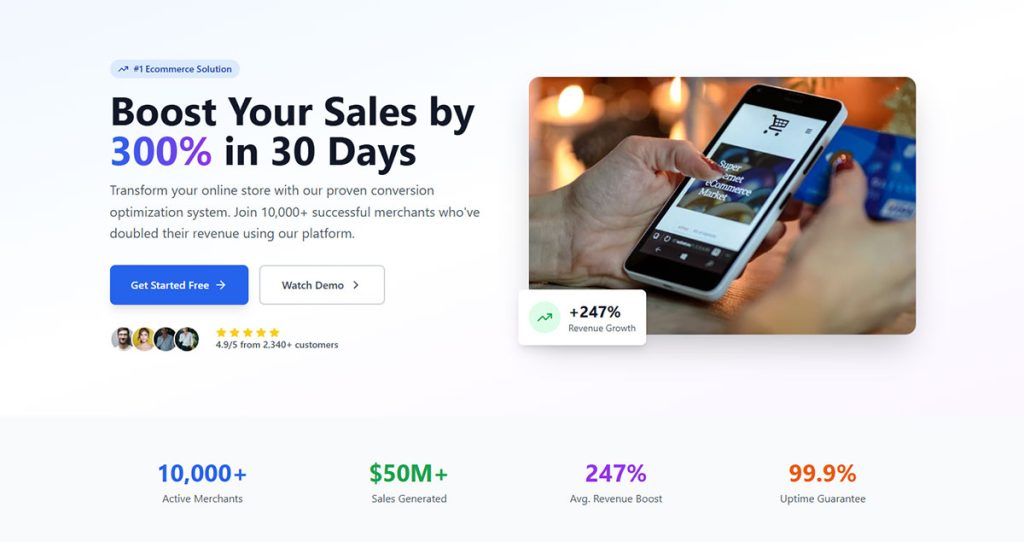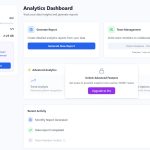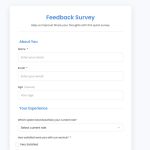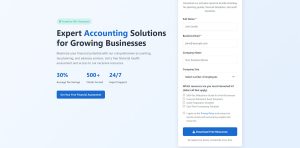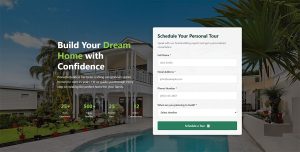Your phone should be ringing. It isn’t. Meanwhile, competitors down the road have jobs booked three weeks out. The difference? Lead generation for fence contractors that actually works. Most fencing…
Table of Contents
Every online store loses 97% of first-time visitors without capturing a single contact detail. Lead generation for ecommerce transforms anonymous browsers into identifiable prospects who eventually become loyal customers.
Traditional retail relies on foot traffic and impulse purchases. Online stores need systematic approaches to capture visitor information before they disappear forever.
Conversion rate optimization and customer acquisition strategies determine which ecommerce businesses thrive versus struggle. Successful brands like Shopify stores implement targeted lead capture methods across every touchpoint.
This guide reveals proven tactics for building high-converting landing pages, creating irresistible lead magnets, and nurturing prospects through strategic email campaigns. You’ll discover how to optimize your website for maximum lead capture while measuring performance effectively.
From social media advertising techniques to retargeting campaigns that bring visitors back, these strategies turn your ecommerce site into a lead generation machine that drives sustainable revenue growth.
Building High-Converting Landing Pages
Your landing page forms determine whether visitors become customers or bounce away forever.
Design Elements That Capture Attention
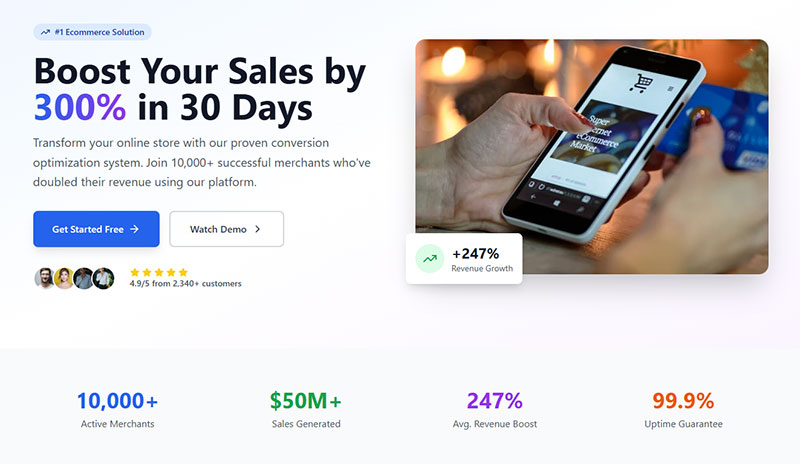
Clear value propositions above the fold make or break first impressions. Visitors decide within seconds whether your product solves their problem. Place your strongest benefit statement where eyes land first.
Product images that sell the story transform browsers into buyers. Show your items in real-world contexts. A coffee mug looks ordinary on white background. That same mug steaming on a cozy desk tells a different story.
Trust signals and social proof placement builds instant credibility. Customer reviews, security badges, and testimonials belong near purchase decisions. HubSpot data shows 92% of people trust peer recommendations over advertising.
Mobile-first design principles drive modern commerce success. Over 60% of online purchases happen on smartphones. Your buttons must be thumb-friendly. Text needs to stay readable without zooming.
Copy That Connects with Shoppers
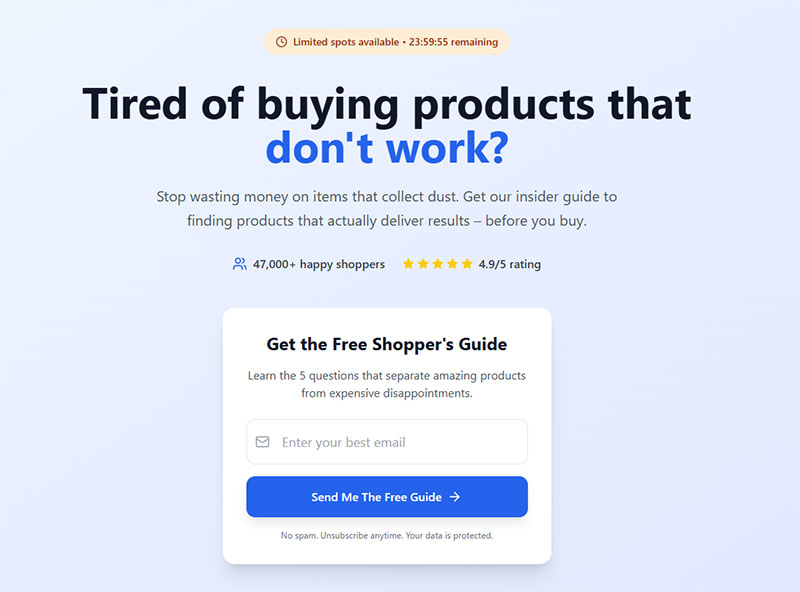
Headlines that address customer pain points hit emotional triggers immediately. “Tired of expensive skincare that doesn’t work?” speaks directly to frustration. Generic phrases like “Premium Beauty Products” create zero connection.
Product descriptions that highlight benefits beat feature lists every time. Don’t just list “waterproof material.” Explain how it “keeps your feet dry during rainy commutes.” Benefits answer the crucial question: what’s in it for me?
Creating urgency without being pushy requires finesse. “Limited stock remaining” works better than “Buy now or lose forever!” Authentic scarcity motivates action. Fake countdown timers destroy trust.
Using customer language and terminology makes copy feel natural. If your audience says “sneakers,” don’t write “athletic footwear.” Match their vocabulary to match their mindset.
Call-to-Action Buttons That Get Clicks

Button colors and contrast that stand out grab attention without screaming. Orange buttons on blue backgrounds create visual tension. Test different combinations to find what converts best for your brand.
Action words that motivate immediate response beat bland alternatives. “Get My Discount” outperforms “Submit.” “Start Shopping” works better than “Continue.” Make buttons feel like opportunities, not obligations.
Placement strategies for maximum visibility follow natural reading patterns. Put primary buttons where eyes expect them. Secondary options belong below the fold or in sidebars.
Testing different CTA variations reveals surprising insights. Small changes create big results. Shopify stores often see 20-30% conversion improvements from button optimization alone.
Lead Magnets That Actually Work for Online Stores
Effective lead magnets capture emails while providing genuine value. Your offers must feel worth the exchange.
Discount-Based Offers

First-time buyer discounts remove purchase hesitation for new customers. Offering 10-15% off builds trust while covering your customer acquisition cost. Make the savings feel exclusive and time-limited.
Seasonal sale notifications keep your brand top-of-mind year-round. Black Friday subscribers convert at higher rates than regular visitors. Build anticipation with early access previews.
Bulk purchase incentives appeal to practical shoppers. “Buy 2, get 20% off” works for consumable products. Families and businesses appreciate volume savings.
Limited-time flash sales create immediate action. 24-hour windows generate urgency without feeling manipulative. Announce these through social media for maximum impact.
Educational Content for Product Categories
Size guides and fitting charts reduce return rates dramatically. Customers appreciate helpful tools that ensure proper purchases. These resources build confidence in buying decisions.
How-to videos and tutorials position your brand as helpful experts. Show customers new ways to use products they already love. Video content gets shared more frequently than text alone.
Product comparison guides help overwhelmed shoppers make decisions. Side-by-side charts highlighting differences save research time. Position your premium options favorably without being obvious.
Industry trend reports establish thought leadership in your niche. Share insights about upcoming changes or consumer preferences. B2B buyers especially value this type of content.
Free Tools and Resources
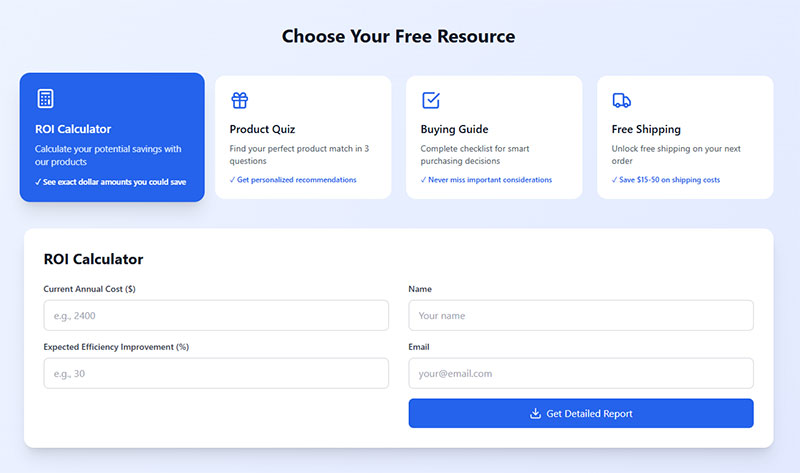
Calculators for cost savings demonstrate product value mathematically. A energy-efficient appliance calculator shows long-term savings. ROI calculators work well for business-focused products.
Quizzes for product recommendations personalize the shopping experience. “Find Your Perfect Skincare Routine” feels helpful rather than sales-focused. Klaviyo reports 40% higher engagement from quiz-generated leads.
Checklists for buying decisions organize complex purchases. Home renovation checklists help overwhelmed homeowners. Wedding planning lists appeal to stressed brides-to-be.
Free shipping promotions remain the most effective lead magnet for ecommerce. Amazon Prime changed customer expectations forever. Meeting minimum order thresholds increases average order values.
Advanced Lead Magnet Strategies
Multi-step forms collect more detailed information while feeling less overwhelming. Break complex offers into digestible steps. Progressive profiling builds complete customer profiles over time.
Personalization at scale makes every visitor feel special. Dynamic content changes based on referral source, location, or browsing history. Mailchimp users see 26% higher open rates from personalized campaigns.
Exit-intent technology captures abandoning visitors at the last moment. Exit intent popup tools detect when users move toward the close button. Offer compelling reasons to stay engaged.
Social proof integration amplifies lead magnet effectiveness. Show how many people downloaded your guide or claimed your discount. Numbers create perceived value and urgency.
Mobile optimization ensures lead magnets work across all devices. Mobile forms need simplified designs and larger touch targets. Test everything on actual smartphones, not just browser simulators.
Successful ecommerce lead generation combines compelling offers with frictionless capture methods. Focus on providing genuine value rather than just collecting email addresses. Quality leads convert better than quantity metrics.
Email Marketing Strategies for Lead Nurturing
Effective email marketing automation turns prospects into loyal customers through strategic messaging sequences.
Welcome Series That Build Relationships
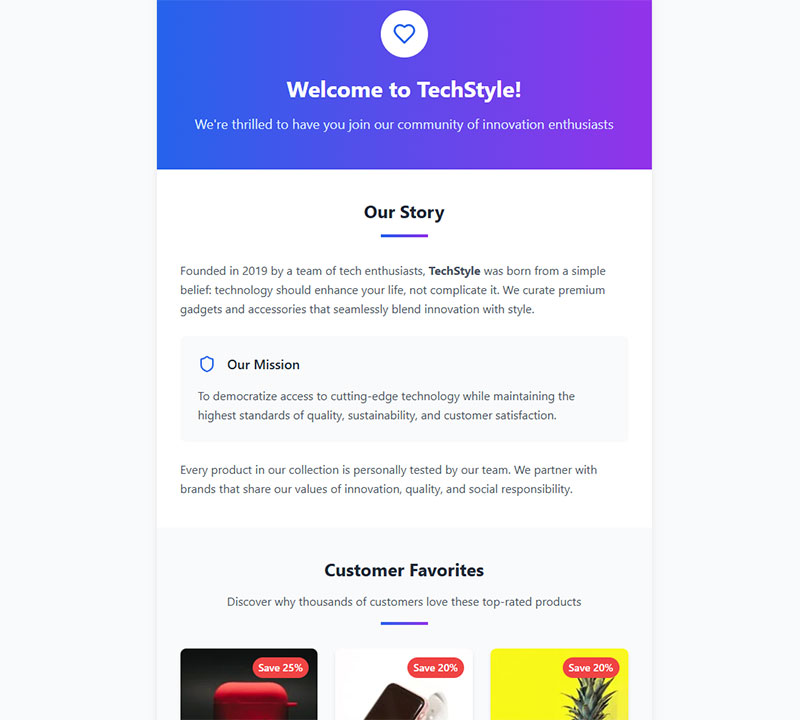
Introducing your brand story creates emotional connections from day one. Share your founding mission, values, and what makes you different. Customers buy from brands they trust.
Highlighting best-selling products guides new subscribers toward proven winners. Feature items with strong reviews and social proof. Include customer photos whenever possible.
Setting expectations for future emails prevents unsubscribes later. Tell people how often you’ll email and what content they’ll receive. Transparency builds long-term engagement.
Encouraging social media connections expands your reach beyond email. Cross-promote your Instagram, Facebook, and TikTok channels. Social followers engage more frequently than email-only subscribers.
Abandoned Cart Recovery Campaigns
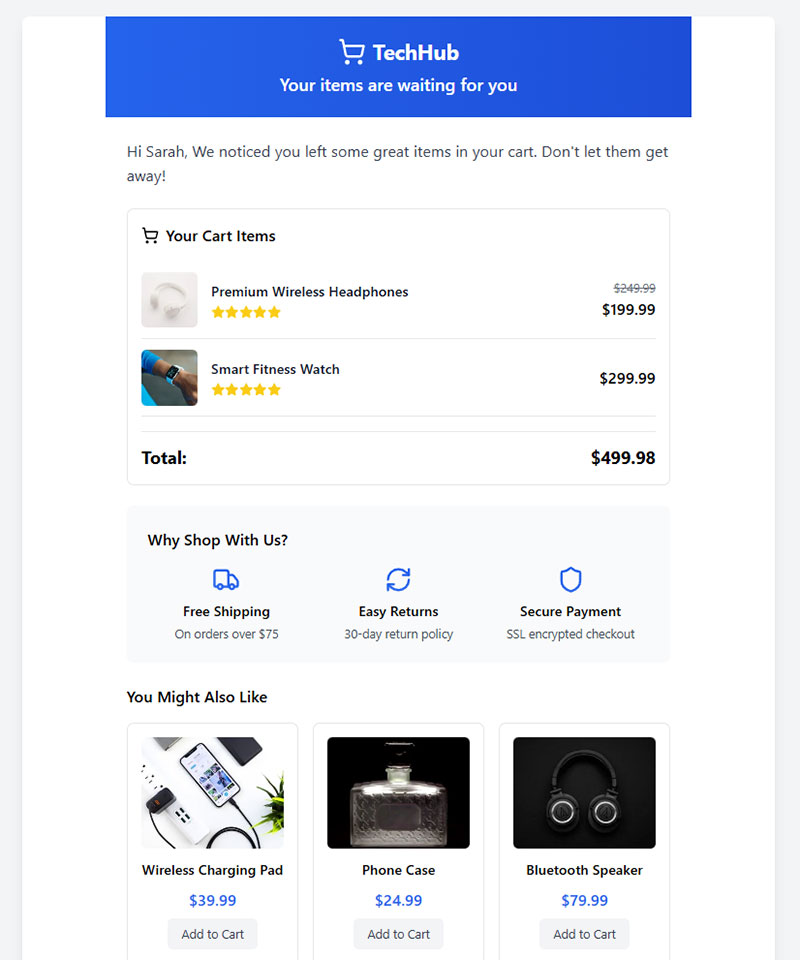
Timing your follow-up emails matters more than most realize. Send the first reminder within one hour. Follow up again after 24 hours, then once more after three days.
Addressing common objections removes purchase barriers proactively. High shipping costs, return policies, and security concerns stop many sales. Answer these worries directly.
Adding incentives to complete purchase works when used strategically. Offer 10% off or free shipping, but only after the second email. Don’t train customers to abandon carts for discounts.
Cross-selling related products increases order values naturally. Recommend complementary items that enhance the original purchase. Amazon mastered this technique years ago.
Product Recommendation Emails
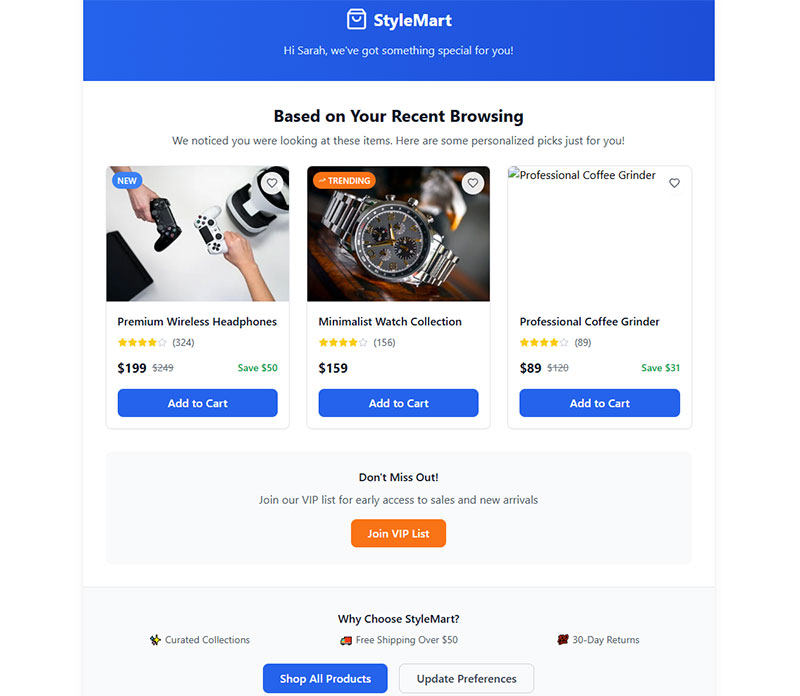
Based on browsing history, personalized suggestions feel helpful rather than pushy. Klaviyo data shows browsing-based emails generate 40% higher click rates than generic broadcasts.
Seasonal and trending items keep your brand relevant year-round. Promote winter coats in November, not January. Early seasonal messaging captures more sales.
Complementary product suggestions demonstrate deep product knowledge. Coffee grinder recommendations for coffee bean customers make perfect sense. Show expertise through smart pairings.
Restocking notifications convert interested prospects who missed initial launches. Waitlist emails often outperform regular promotional campaigns. Scarcity drives action.
Social Media Lead Generation Tactics
Social platforms offer massive reach potential when approached strategically. Each channel requires different content and tactics.
Platform-Specific Strategies
Instagram shopping features and stories turn social browsing into immediate purchases. Product tags make posts shoppable instantly. Stories create urgency with 24-hour visibility windows.
Facebook lead ads and retargeting capture prospects without leaving the platform. Built-in lead generation form tools reduce friction significantly. Custom audiences target people who visited your site.
Pinterest product pins and boards appeal to planning-oriented shoppers. Wedding vendors and home decor brands thrive here. Rich pins include pricing and availability automatically.
TikTok product showcases reach younger demographics through authentic demonstrations. Behind-the-scenes content performs better than polished advertisements. User-generated content drives organic reach.
Content That Drives Traffic to Your Store
Behind-the-scenes brand content humanizes your business personality. Show your team, workspace, and creation process. People connect with stories, not just products.
Customer testimonials and reviews provide social proof that converts browsers. Video testimonials feel more authentic than written reviews. Feature real customers using your products.
Product demonstrations and unboxings satisfy curiosity before purchase. Show products in action, highlighting key features and benefits. Answer common questions visually.
User-generated content campaigns multiply your content creation efforts. Encourage customers to share photos using branded hashtags. Repost the best submissions with credit.
Social Proof and Community Building
Customer photo sharing programs create authentic marketing content. Offer small incentives for product photos. Real customers in real settings beat professional photography for trust-building.
Review collection and display builds credibility across all channels. Integrate Trustpilot or similar platforms for automated review requests. Display ratings prominently on product pages.
Influencer partnerships extend reach to new audiences effectively. Micro-influencers often deliver better engagement than celebrity endorsements. Choose partners whose followers match your target demographic.
Brand ambassador programs turn loyal customers into marketing advocates. Provide exclusive discounts, early access, and commission opportunities. Long-term relationships beat one-off promotions.
Advanced Social Media Tactics
Behavioral targeting reaches prospects based on actions, not just demographics. Target people who visited competitor websites or engaged with similar brands. Facebook’s detailed targeting options enable precise audience definition.
Cross-platform retargeting maintains visibility across multiple touchpoints. Someone who views your Instagram ad might convert through a Facebook retargeting campaign. Consistent messaging across platforms reinforces brand recognition.
Live shopping events combine entertainment with commerce effectively. Host product launches, styling sessions, or Q&A broadcasts. Real-time interaction builds stronger customer relationships.
Social listening identifies opportunities for engagement and content creation. Monitor brand mentions, competitor discussions, and industry trends. Respond promptly to customer service issues publicly.
Community building transforms followers into brand advocates organically. Create Facebook groups around shared interests related to your products. Active communities generate ongoing engagement and word-of-mouth referrals.
Successful social media lead generation requires consistent posting, authentic engagement, and strategic use of platform-specific features. Focus on providing value rather than constant selling. Quality engagement beats follower quantity for driving actual sales.
Website Optimization for Lead Capture
Smart website optimization transforms casual browsers into qualified prospects through strategic design and functionality improvements.
Pop-ups and Overlays Done Right
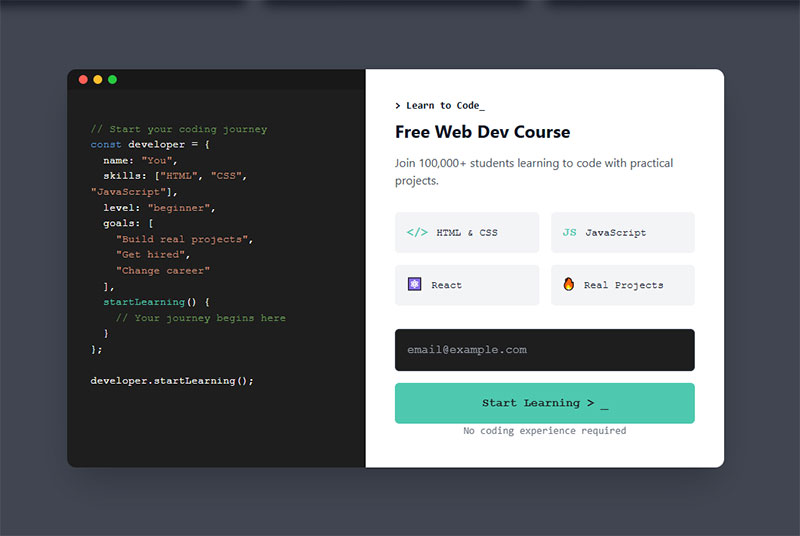
Exit-intent pop-ups for last chances capture abandoning visitors effectively. These overlays trigger when users move toward the browser’s close button. Offer compelling incentives like exclusive discounts or free shipping to encourage email signup.
Timed overlays for engaged visitors appear after 30-60 seconds of active browsing. This timing indicates genuine interest without being intrusive. Present valuable lead magnets rather than generic newsletter signups.
Scroll-based triggers for interested users activate when visitors reach specific page sections. Someone scrolling 70% through product descriptions shows serious consideration. Target these moments with relevant offers.
Mobile-friendly overlay design prevents user frustration on smartphones. Popup forms must display properly across all screen sizes. Include easy-to-find close buttons and avoid covering critical content.
Site Search and Navigation Improvements
Smart search suggestions guide customers toward products they actually want. Implement autocomplete functionality that learns from successful searches. Show popular products and trending categories prominently.
Filter options that help decision-making reduce choice paralysis significantly. Price ranges, brand names, colors, and sizes let shoppers narrow selections quickly. WooCommerce and Shopify both offer advanced filtering capabilities.
Related product recommendations increase discovery and cross-selling opportunities. Display complementary items on product pages and during checkout. Amazon’s “frequently bought together” section drives billions in additional revenue.
Recently viewed items display reminds visitors about products they considered earlier. This feature reduces cognitive load and encourages return visits. Position these recommendations strategically throughout the shopping journey.
Page Load Speed and User Experience
Image compression for faster loading prevents visitor abandonment during browsing. Slow pages kill conversions instantly. Optimize product photos without sacrificing visual quality.
Checkout process simplification removes unnecessary friction from purchases. Eliminate required account creation for first-time buyers. Reduce form fields to absolute essentials.
Guest checkout options accommodate customers who prefer quick transactions. Forcing registration creates unnecessary barriers. Offer account creation as an optional post-purchase step.
Multiple payment method support meets diverse customer preferences. Accept credit cards, PayPal, Apple Pay, and other popular options. Stripe integration makes this implementation straightforward.
Retargeting and Remarketing Campaigns
Strategic retargeting brings interested prospects back when they’re ready to purchase.
Pixel Setup and Audience Creation
Installing tracking codes properly enables accurate audience building across platforms. Place Facebook pixels, Google Analytics, and other tracking scripts correctly. Test functionality using browser developer tools.
Creating custom audiences by behavior targets the most qualified prospects. Segment visitors who viewed specific products, spent significant time on-site, or abandoned shopping carts. Behavioral data predicts purchase intent better than demographics alone.
Lookalike audiences for expansion find new prospects similar to existing customers. Facebook and Google use machine learning to identify patterns in your best customers. These audiences often outperform broad targeting approaches.
Exclusion lists for current customers prevent wasted ad spend on people who already converted. Update these lists regularly to avoid annoying existing customers with irrelevant ads.
Ad Creative That Brings People Back
Showing products they viewed personalizes the retargeting experience effectively. Dynamic product ads display exact items from browsing sessions. This relevance dramatically improves click-through rates.
Highlighting new arrivals captures attention from previous visitors who didn’t find what they wanted initially. Fresh inventory provides new reasons to return and explore your catalog.
Promoting special offers creates urgency for hesitant prospects. Limited-time discounts or free shipping promotions remove common purchase objections. Time-sensitive language encourages immediate action.
Addressing common hesitations tackles known conversion barriers directly. Highlight return policies, security guarantees, or customer service availability. Remove doubt before it prevents purchases.
Cross-Platform Retargeting Strategies
Google Ads display network reaches prospects across millions of websites. Use compelling visuals and clear value propositions. Display ads work best for brand awareness and consideration phases.
Facebook and Instagram retargeting leverages detailed user data for precise targeting. Create video ads showcasing products in action. These platforms excel at driving engagement and social proof.
Email retargeting campaigns nurture prospects through automated sequences. Use browsing behavior to trigger relevant product recommendations. Klaviyo and Mailchimp offer sophisticated automation capabilities.
SMS follow-up messages provide immediate communication for urgent offers. Text messages achieve 98% open rates compared to 20% for email. Use sparingly to avoid opt-outs.
Advanced Retargeting Techniques
Sequential messaging tells complete brand stories across multiple touchpoints. Start with awareness content, progress to consideration materials, then present conversion-focused offers. This approach builds trust gradually.
Frequency capping prevents ad fatigue while maintaining visibility. Limit exposures to 3-5 per week per platform. Overexposure creates negative brand associations.
Cross-device tracking follows prospects across smartphones, tablets, and computers. Modern customers research on mobile and purchase on desktop. Unified tracking provides complete conversion attribution.
Competitive retargeting targets people who visited competitor websites. This aggressive strategy captures market share from rivals. Use compelling differentiation messages highlighting your unique advantages.
Dynamic creative optimization automatically tests different ad variations to find winning combinations. Let machine learning optimize headlines, images, and calls-to-action. This approach scales testing beyond manual capabilities.
Successful website optimization and retargeting require constant testing and refinement. Monitor conversion rates, bounce rates, and customer acquisition costs closely. Small improvements compound into significant revenue increases over time.
Converting Leads into Paying Customers
Transforming qualified prospects into revenue requires strategic optimization across every touchpoint.
Sales Funnel Optimization
Identifying conversion bottlenecks reveals where prospects drop off during the buying process. Google Analytics shows exactly where visitors abandon their journey. Heat mapping tools like Hotjar display user behavior patterns visually.
Streamlining the buying process eliminates unnecessary friction points. Remove optional form fields that don’t impact fulfillment. Guest checkout options prevent forced registration barriers.
Reducing form fields and steps increases completion rates dramatically. Form validation ensures accuracy without creating frustration. Smart defaults and auto-fill capabilities speed up the process.
Adding trust badges and guarantees removes purchase anxiety effectively. Security certifications, money-back promises, and customer testimonials build confidence. Display these prominently near checkout buttons.
Personalization at Scale
Dynamic product recommendations adapt to individual browsing patterns automatically. Shopify and BigCommerce offer built-in recommendation engines. These systems learn from customer behavior to suggest relevant items.
Customized email content speaks directly to specific customer segments. Klaviyo enables behavior-triggered campaigns based on purchase history. Birthday discounts and anniversary offers create personal connections.
Personalized landing pages increase conversion rates by addressing specific visitor needs. Create separate pages for different traffic sources and customer types. HubSpot users see 20% higher conversions from personalized experiences.
Behavioral trigger campaigns respond to specific customer actions instantly. Cart abandonment, browse abandonment, and post-purchase sequences nurture prospects automatically. Timing matters more than message frequency.
Customer Support Integration
Live chat for immediate help reduces purchase hesitation during critical moments. Intercom and Zendesk integrate seamlessly with ecommerce platforms. Response time under 30 seconds converts browsers into buyers.
FAQ sections that answer concerns prevent support tickets while building confidence. Address shipping costs, return policies, and product specifications clearly. Well-organized FAQ pages reduce cart abandonment significantly.
Return policy transparency eliminates major purchase objections upfront. Clear, customer-friendly policies actually increase sales by reducing perceived risk. Amazon’s easy returns built customer loyalty for decades.
Multiple contact options accommodate different communication preferences. Phone, email, chat, and social media channels ensure accessibility. Consistent service quality across all channels builds trust.
Measuring and Improving Lead Generation Performance
Data-driven optimization separates successful ecommerce brands from struggling competitors.
Key Metrics to Track
Conversion rates by traffic source reveal which channels deliver quality prospects. Organic search often converts better than paid social media traffic. Focus budget on sources that generate profitable customers.
Cost per lead across channels guides budget allocation decisions. Facebook Ads, Google Ads, and email marketing each have different acquisition costs. Calculate lifetime value to determine acceptable spending limits.
Lead quality scoring identifies prospects most likely to purchase. Assign points based on behavior, demographics, and engagement levels. Salesforce and HubSpot automate this process effectively.
Customer lifetime value determines how much you can spend acquiring new customers. High-value customers justify higher acquisition costs. This metric guides long-term growth strategies.
Testing and Optimization Methods
A/B testing landing page elements reveals what actually drives conversions versus assumptions. Test headlines, images, button colors, and form layouts systematically. Optimizely makes this process straightforward for non-technical users.
Email subject line experiments dramatically impact open rates and engagement. Test emoji usage, personalization, and urgency language. ActiveCampaign provides built-in testing capabilities.
CTA button variations often produce surprising results from minor changes. “Get My Discount” outperforms “Submit” consistently. Button placement, size, and surrounding white space all affect performance.
Pricing strategy tests determine optimal price points for maximum revenue. Test different discount percentages, bundle offers, and payment plans. WooCommerce supports dynamic pricing experiments.
Tools for Tracking and Analysis
Google Analytics setup for eCommerce provides comprehensive performance insights. Enhanced ecommerce tracking shows product performance, shopping behavior, and checkout funnel analysis. This data guides optimization priorities.
Email marketing platform metrics reveal campaign effectiveness across subscriber segments. Mailchimp, Constant Contact, and ConvertKit each offer detailed analytics. Track opens, clicks, conversions, and revenue per email.
Social media analytics tools measure engagement quality beyond vanity metrics. Focus on click-through rates, conversion rates, and revenue attribution. Native platform analytics often provide sufficient detail.
Customer feedback collection systems capture qualitative insights that numbers miss. Post-purchase surveys, review analysis, and support ticket themes reveal improvement opportunities. Trustpilot integration automates review collection processes.
Advanced Performance Optimization
Cohort analysis tracks customer behavior patterns over time. Identify which acquisition channels produce customers with highest retention rates. This analysis guides long-term marketing strategy.
Attribution modeling assigns conversion credit across multiple touchpoints accurately. First-click, last-click, and multi-touch models tell different stories. Choose models that reflect your actual customer journey.
Predictive analytics forecast future performance based on historical data. Identify customers likely to churn or make repeat purchases. Proactive campaigns targeting these segments improve outcomes.
Successful lead generation requires consistent measurement, testing, and optimization. Small improvements compound into significant revenue increases over time. Focus on metrics that directly impact profitability rather than vanity measurements.
FAQ on Lead Generation For Ecommerce
What is lead generation for ecommerce?
Lead generation for ecommerce captures visitor contact information through strategic offers and lead capture forms. This process transforms anonymous browsers into identifiable prospects for future marketing campaigns. Successful customer acquisition depends on systematic lead collection across all touchpoints.
How do discount offers work as lead magnets?
First-time buyer discounts incentivize email signups while reducing purchase hesitation. Offering 10-15% off covers customer acquisition costs effectively. Limited-time offers create urgency without seeming manipulative. Shopify stores see 25% higher conversion rates from discount-based lead magnets.
What makes landing pages convert visitors into leads?
Clear value propositions above the fold capture attention immediately. Mobile-first design principles ensure functionality across devices. Trust signals and social proof placement build credibility. Compelling call-to-action buttons with contrasting colors drive clicks. WooCommerce optimization focuses on reducing form fields.
How does email marketing nurture ecommerce leads?
Email marketing automation guides prospects through strategic messaging sequences. Welcome series introduce brand stories and best-selling products. Abandoned cart recovery campaigns address objections while adding purchase incentives. Product recommendation emails based on browsing history increase engagement rates significantly.
Which social media platforms generate quality ecommerce leads?
Instagram shopping features enable immediate purchases through product tags. Facebook lead ads capture prospects without platform exits. Pinterest product pins appeal to planning-oriented shoppers. TikTok product showcases reach younger demographics through authentic demonstrations and user-generated content campaigns.
How do exit-intent popups capture abandoning visitors?
Exit-intent technology detects when users move toward browser close buttons. These overlays trigger compelling offers like exclusive discounts or free shipping promotions. Timing prevents intrusion while maximizing capture opportunities. Mobile-friendly designs ensure functionality across all devices effectively.
What metrics measure lead generation success?
Conversion rates by traffic source reveal channel effectiveness. Cost per lead guides budget allocation across Facebook Ads, Google Ads, and organic channels. Lead quality scoring identifies prospects likely to purchase. Customer lifetime value determines acceptable acquisition spending limits for sustainable growth.
How does retargeting bring back potential customers?
Dynamic product ads display exact items from browsing sessions. Custom audiences target visitors who viewed specific products or abandoned shopping carts. Lookalike audiences find prospects similar to existing customers. Cross-platform campaigns maintain visibility across Google, Facebook, and Instagram touchpoints.
What role does website optimization play in lead capture?
Site search and navigation improvements reduce choice paralysis through smart filtering options. Page load speed optimization prevents visitor abandonment. Guest checkout options eliminate registration barriers. Related product recommendations increase discovery while recently viewed items encourage return visits.
How do you convert leads into paying customers?
Sales funnel optimization identifies conversion bottlenecks through analytics tracking. Personalized product recommendations adapt to individual browsing patterns. Live chat provides immediate purchase support. Trust badges and return policy transparency remove anxiety. Behavioral trigger campaigns respond to customer actions automatically.
